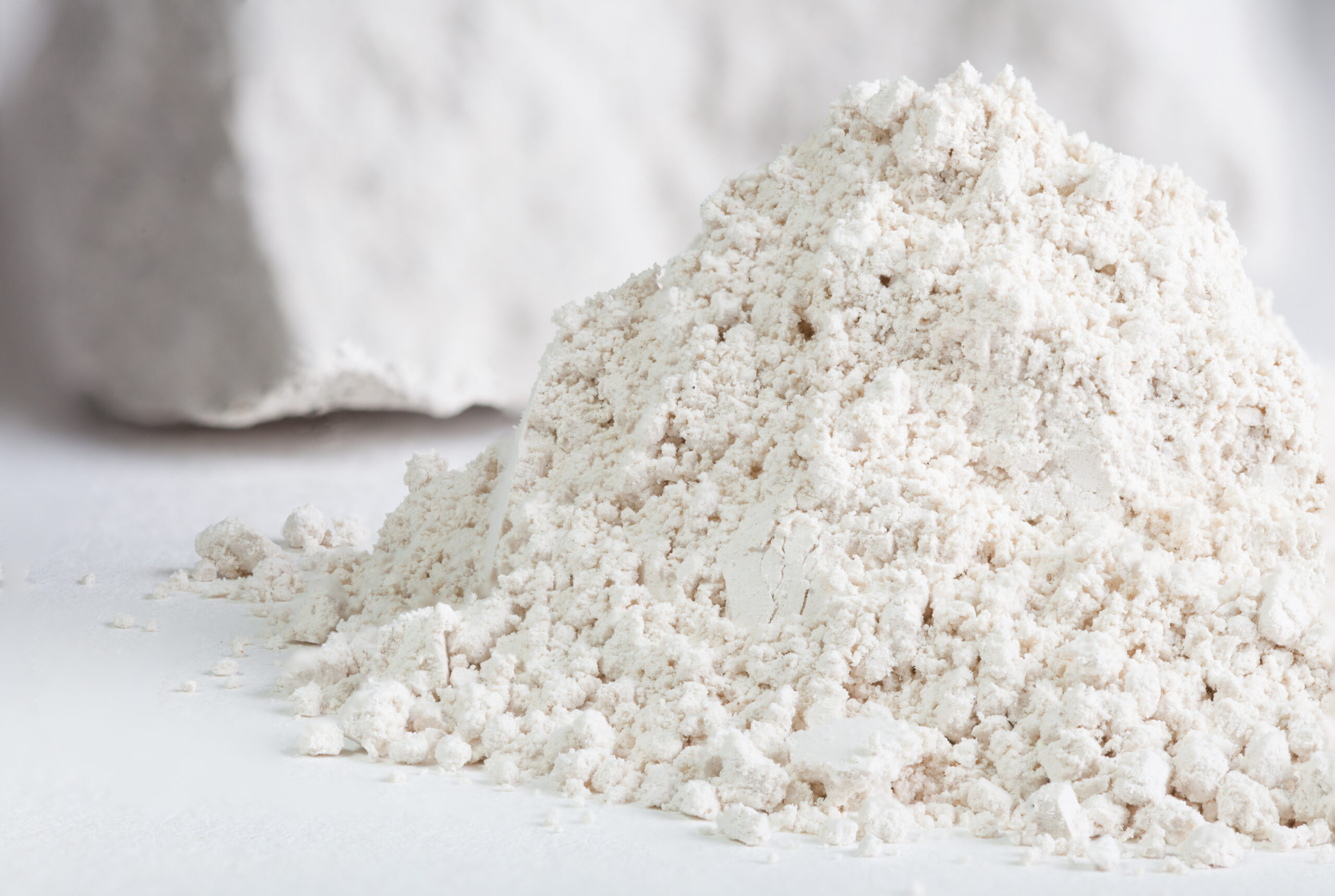
Zeolite is a naturally occurring volcanic mineral found in deposits in the western half of the United States. Zeolite is one of the rare minerals that possesses a natural negative charge. The combination of the honeycomb structure and net negative charge allows zeolite to absorb both liquids and elements based on the strength of the chemical bond.
Moreover, the magnetic attraction of an element to zeolite is called CEC value or cation-exchange capacity while the honeycomb structure uses a molecular sieve to filter compounds. In the next lines, we will see in detail what are the characteristics of zeolite and its possible uses.
What is zeolite?
Zeolites are hydrated aluminosilicate minerals consisting of interconnected tetrahedra of alumina (AlO4) and silica (SiO4). In simpler words, they are solids with a relatively open three-dimensional crystal structure built from the elements aluminum, oxygen, and silicon, with alkaline or alkaline-earth metals (such as sodium, potassium, and magnesium) plus water molecules.
Zeolites form with many different crystal structures, which have large open pores (sometimes referred to as cavities), in a very regular arrangement and roughly the same size as small molecules.
There are about 40 naturally occurring zeolites, which form in both volcanic and sedimentary rocks. Humans have engineered dozens of other man-made synthetic zeolites (about 150) for specific purposes. The best known are zeolite A (commonly used as laundry detergent), zeolites X and Y.
What are the properties of zeolite?
Zeolites are very stable solids that withstand the kinds of environmental conditions that challenge many other materials. High temperatures don’t bother them because they have relatively high melting points (over 1000°C). They also resist high pressures, do not dissolve in water or other inorganic solvents, and do not oxidize in air. They do not seem to cause health problems through, for instance, skin contact or inhalation, although in fibrous form they can have carcinogenic effects.
The most interesting thing about zeolites is their open, cage-like, “framework” structure and the way it can trap other molecules within it. This is how water molecules and alkaline or alkaline-earth metal ions become part of zeolite crystals.
Zeolites can exchange other positively charged ions with the metal ions originally trapped inside them and, as Cronstedt discovered over 250 years ago, they can also gain or lose their water molecules very easily.
Zeolites have regular openings of fixed size that let small molecules pass through directly but trap larger ones; that’s why they are sometimes called molecular sieves. Unlike natural zeolites, which come in random shapes and mixed sizes, synthetic zeolites are produced in very precise and uniform sizes.
What are zeolites used for?
The cage-like structure of zeolites makes them useful in a variety of ways. One of the biggest everyday uses of zeolites is in water softeners and water filters. In ion-exchange water softeners, for instance, water is conveyed through a column filled with sodium-containing zeolites. The zeolites trap calcium and magnesium ions and release sodium ions in their place, so the water becomes richer in sodium.
Many everyday laundry and dishwasher detergents contain zeolites to remove calcium and magnesium.
Two other common everyday uses of zeolites are in odor control and pet litter; in both, the porous crystalline structure of zeolites helps by trapping unwanted liquids and odor-related molecules.
Zeolites have proven extremely effective at removing radioactive particles from nuclear waste and cleaning up soil contaminated with toxic heavy metals. After the Fukushima nuclear disaster in Japan in 2011, rice farmers spread zeolites in their fields to trap any lingering radioactive contaminants. The many other uses of zeolites include the production of concrete, soil conditioners, and animal feed.
Zeolites as catalysts
Another important use of zeolites is as catalysts in the production of (pharmaceutical) drugs and in the petrochemical industry, where they are used as catalyst crackers to break down large hydrocarbon molecules in gasoline, diesel, kerosene, waxes, and all kinds of other petroleum by-products. Once again, it is the porous structure of zeolites that proves important.
The many pores in the open structure of a zeolite are like millions of tiny test tubes in which atoms and molecules get trapped and chemical reactions take place readily.
Since the pores in a particular zeolite have a fixed size and shape, zeolite catalysts can selectively act on certain molecules, which is why they are sometimes referred to as shape-selective catalysts.

